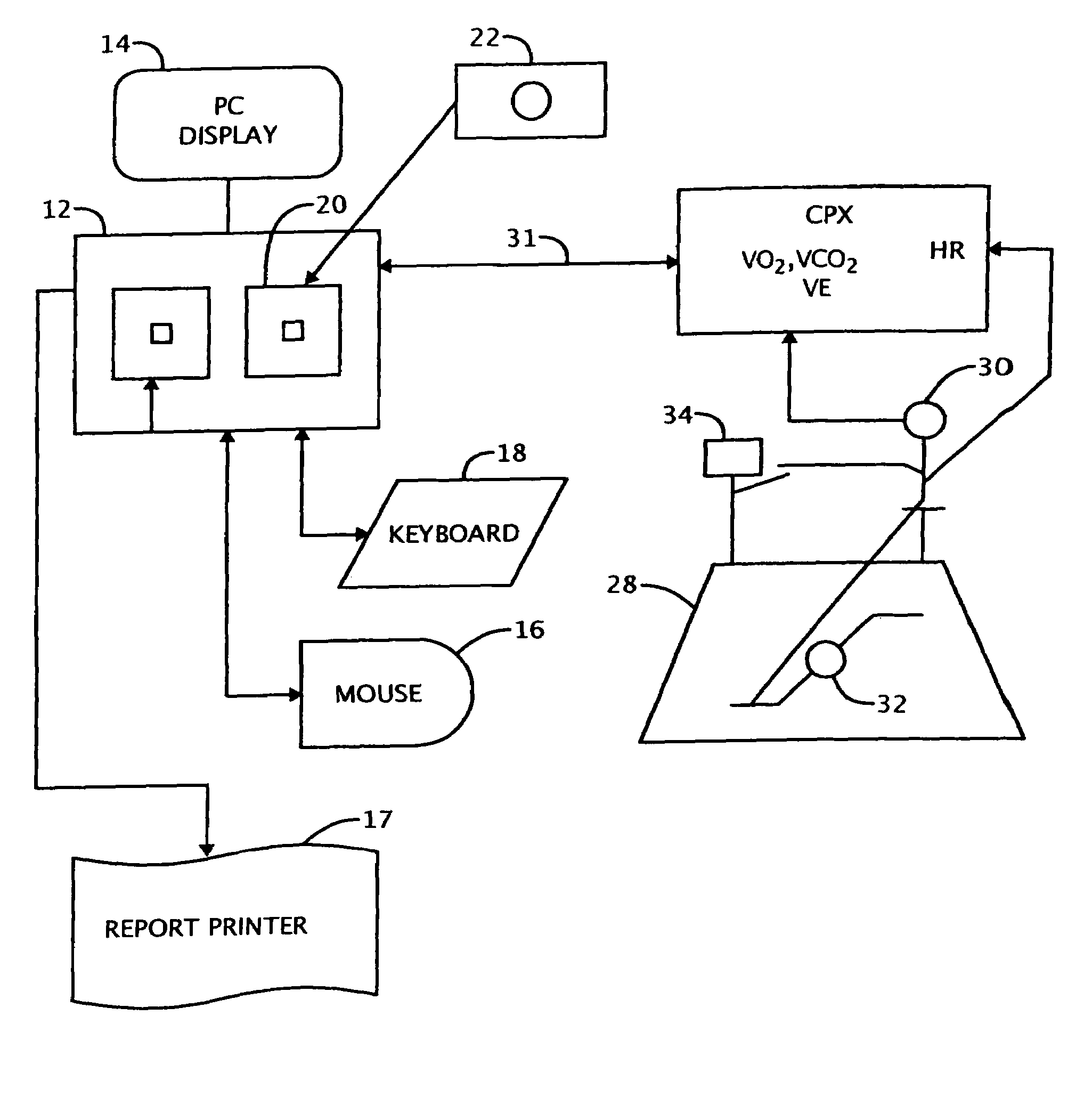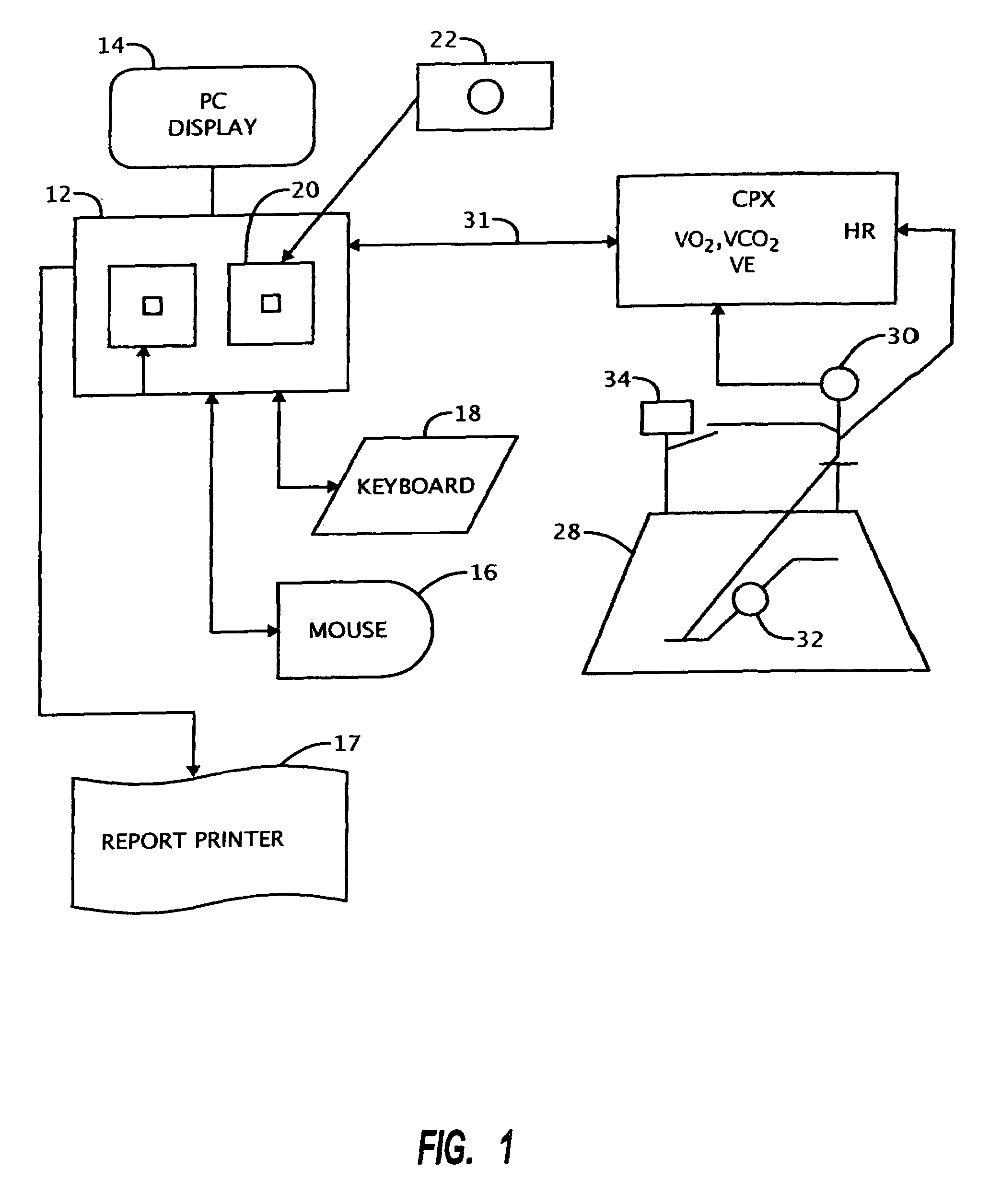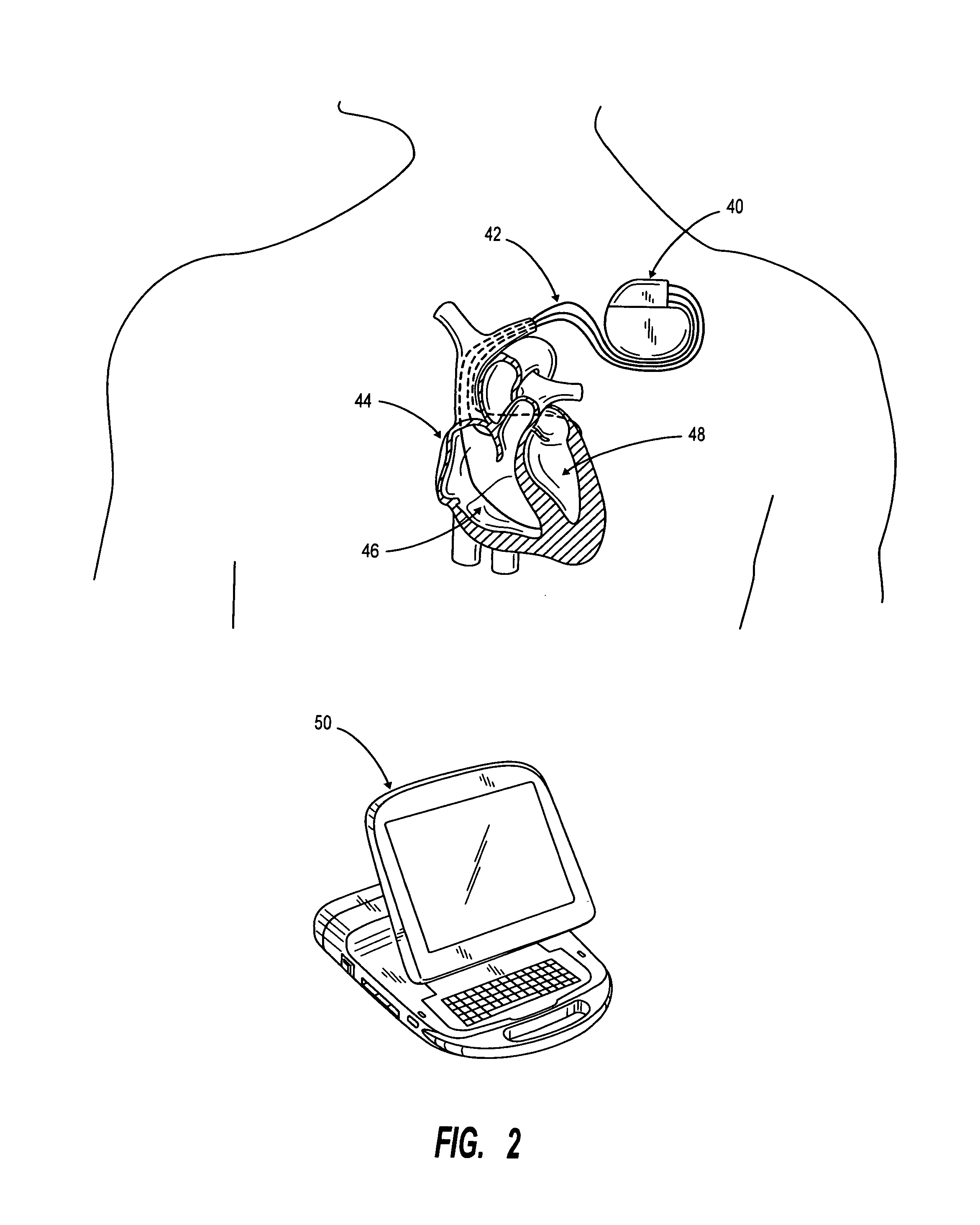Method of optimizing patient outcome from cardiac resynchronization therapy
- Summary
- Abstract
- Description
- Claims
- Application Information
AI Technical Summary
Benefits of technology
Problems solved by technology
Method used
Image
Examples
Embodiment Construction
[0030]The following detailed description with respect to patient data is intended to be exemplary of a preferred method of utilizing the concepts of the present invention and is not intended to be exhaustive or limiting in any manner with respect to similar methods and additional or other steps which might occur to those skilled in the art. The following description further utilizes illustrative examples, which are believed sufficient to convey an adequate understanding of the broader concepts to those skilled in the art, and exhaustive examples are believed unnecessary.
[0031]General Considerations—The present invention is not intended to make decisions, but rather to provide information to guide the decision making process by the physician. In doing so, decisions regarding lead placement (is one location on the heart better than another location?) and programming choices (is AV delay setting better than other choices of delay setting) can be made. In some cases, the answer to these...
PUM
 Login to View More
Login to View More Abstract
Description
Claims
Application Information
 Login to View More
Login to View More - R&D
- Intellectual Property
- Life Sciences
- Materials
- Tech Scout
- Unparalleled Data Quality
- Higher Quality Content
- 60% Fewer Hallucinations
Browse by: Latest US Patents, China's latest patents, Technical Efficacy Thesaurus, Application Domain, Technology Topic, Popular Technical Reports.
© 2025 PatSnap. All rights reserved.Legal|Privacy policy|Modern Slavery Act Transparency Statement|Sitemap|About US| Contact US: help@patsnap.com



